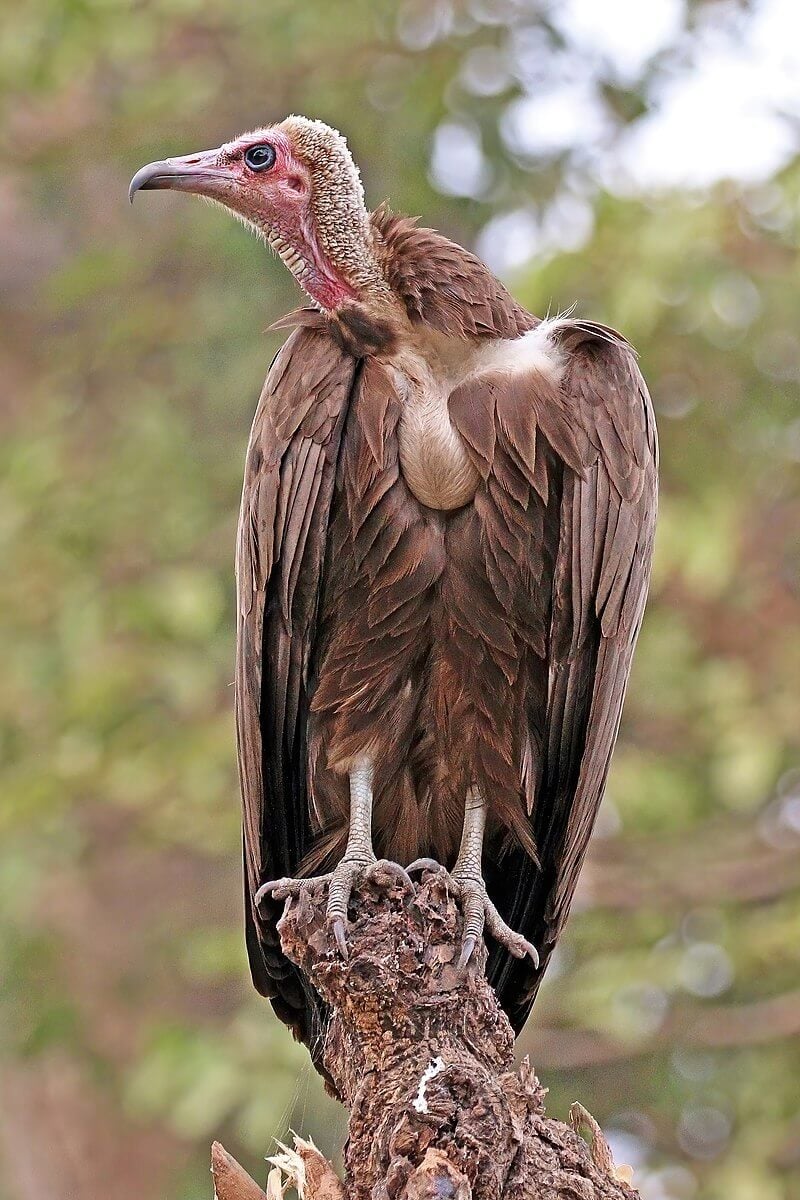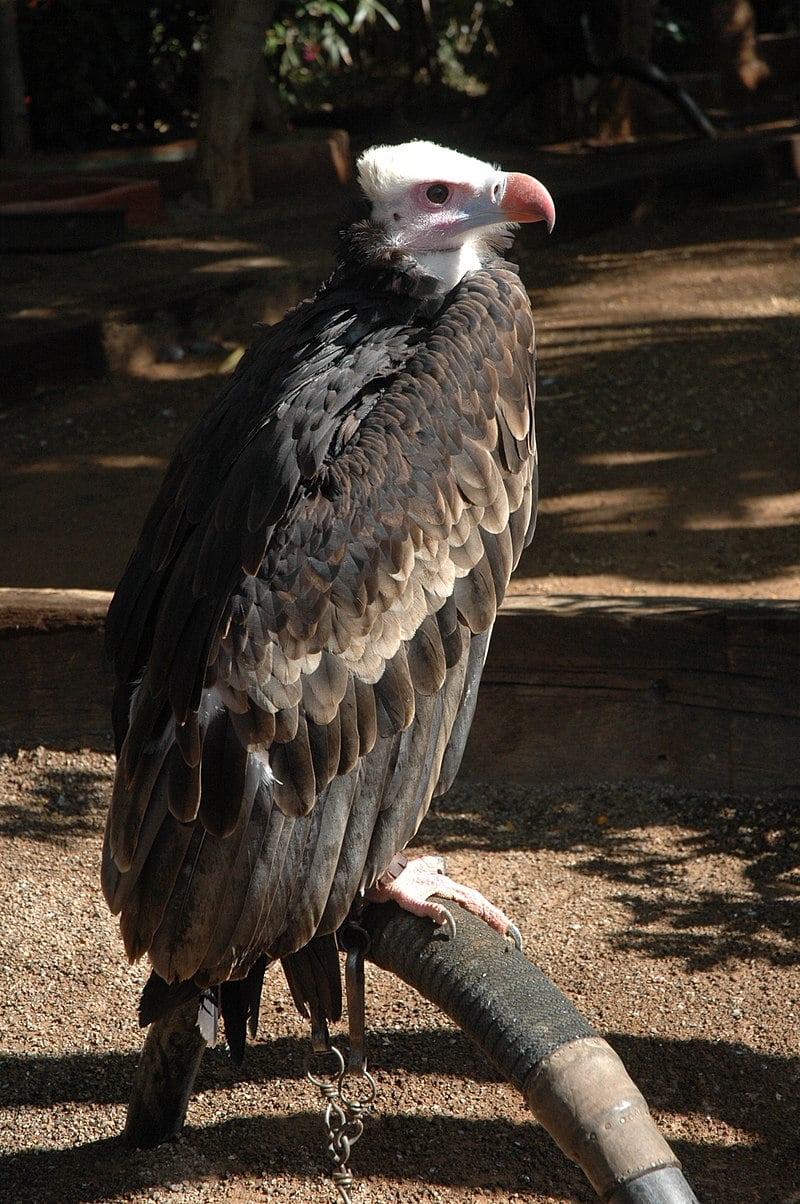· NTT · · 7 min read
Celebrating Vulture Day
A look into the values of vultures in our ecosystems

Written by Andrea Sawyer
Today, the first Saturday of September, marks International Vulture Day. Say what, I hear you say. International WHAT day? We seem to have days to observe everything from hand cream and water to vultures, lions, cheetah, rhino, pangolins etc.
Why do we need an international vulture day? Well, the purpose of this day is to highlight the conservation efforts to keep our vultures from going extinct. According to The Endangered Wildlife Trust in South Africa, the numbers of African vultures have declined drastically over the last 30 years, pushing at least five species onto the Critically Endangered list. (The Endangered Wildlife Trust, 2020):
African vulture status
Hooded Vulture - Wikipedia

Hooded Vulture - Wikipedia
Hooded Vulture – Endangered to critically endangered. The hooded vulture has been moved from endangered to critically endangered on the International Union for Conservation and Nature Red List. (Wikipedia, n.d.)
White-backed Vulture

White-backed Vulture
White-backed Vulture – Endangered to critically endangered. Listed on the International Union for Conservation of Nature Red List since 2007. In 2007 it was listed as near threatened. In 2012 the status was re-assessed and changed to endangered. In October 2015 the white-backed vultures’ status was changed to critically endangered. (Wikipedia, n.d.)
White-headed Vulture

White-headed Vulture
White-headed Vulture – Vulnerable to critically endangered. This vulture was first listed as vulnerable on the International Union for Conservation and Nature Red List in 2007. In 2015 the status was reassessed and changed to critically endangered. (Wikipedia, n.d.)
Rüppell’s Vulture

Rüppell’s Vulture
Rüppell’s Vulture – Endangered to critically endangered. Listed on the International Union for Conservation of Nature Red List since 2007 and was declared as critically endangered in 2015. (Wikipedia, n.d.)
 +264 81 269 7271
+264 81 269 7271
 info@namibia-tracks-and-trails.com
info@namibia-tracks-and-trails.com








